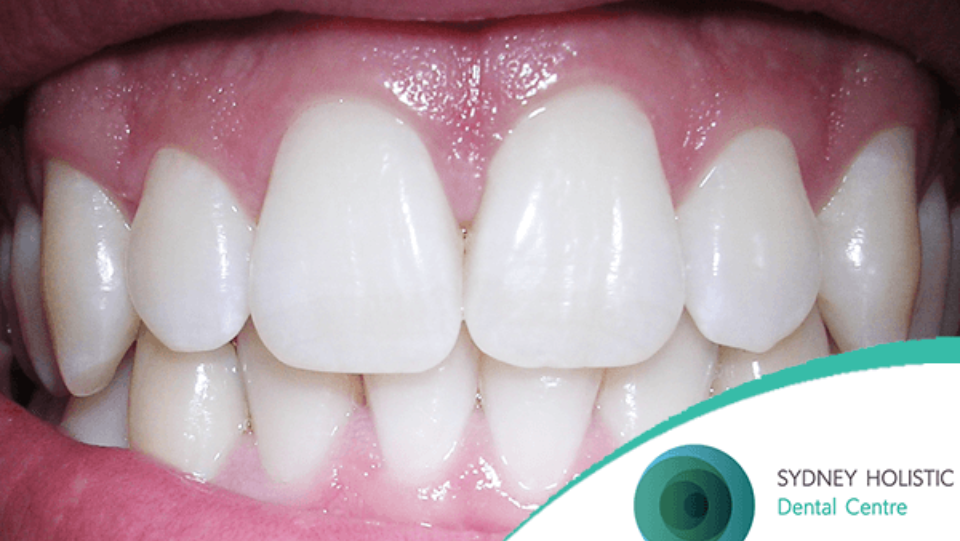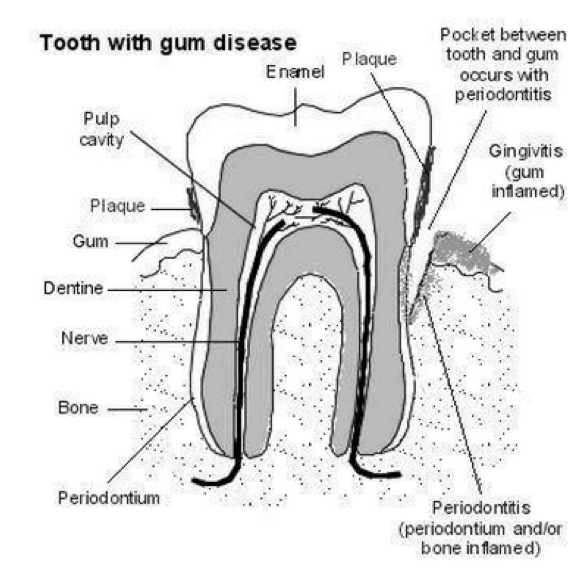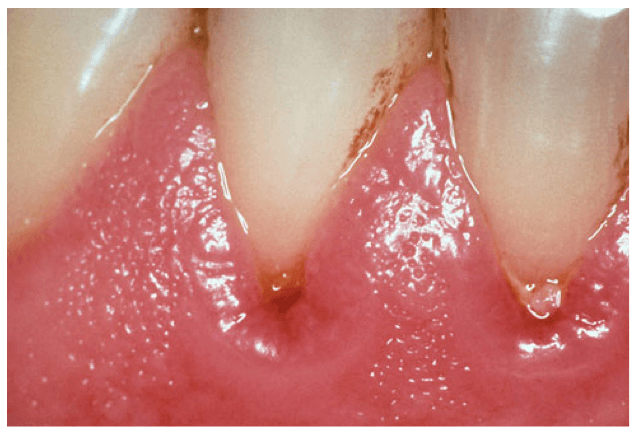Why Gum Disease Matters
Why Gum Disease Matters

If you don’t take care of your teeth and gums, you could suffer gum disease. No big deal, you might think? But ongoing gum disease is implicated in chronic low level inflammation which is now linked with 7 of the top 10 most debilitating diseases including heart disease, cancer, chronic lower respiratory disease, stroke, Alzheimer’s disease, diabetes and kidney disease. It’s also linked to preterm low birth weight and osteoporosis. Chronic low-level inflammation often has no symptoms but it can reflect other chronic health problems. Once triggered, chronic inflammation can persist undetected for years or decades, causing imbalance and even cell death throughout the body.
Gum disease is characterised by bleeding gums. Healthy gums look firm and pink and shouldn’t bleed when you brush or floss your teeth. When plaque or biofilm builds up, the crevice between the gum and tooth deepens to form a pocket. This undermines the periodontal ligament that connects the tooth to the jawbone.
Above: To the left side of tooth plaque builds up and causes the gums to bleed inflaming the gums/gingiva resulting in gingivitis. To the right side of tooth the gingivitis has progressed to involve the attachment of the tooth to the underlying bone (periodontium) resulting in periodontitis. NOTE: Pain is rarely, if ever associated with either gingivitis or periodontitis
There are more than 500 different microorganisms in the oral cavity. Plaque or biofilm is comprised of many different species of microorganisms and sticky glycoproteins. If you eat a healthy diet and maintain good oral hygiene, these micro-organisms remain in balance, the healthy bacteria are dominant and don’t cause tissue damage or tooth decay. Poor oral hygiene and diet allows the more destructive bacteria to proliferate causing inflammation and a periodontal pocket to form, which is impossible for you to clean with regular teeth brushing. After 12-14 weeks, the destructive bacteria begin to proliferate in the pocket and periodontium and bone are lost. It’s why professional cleaning every 3-4 months by a dentist or hygienist is so important. Bleeding when you brush or floss is a sign of chronic inflammation and should not be ignored.
Above: Gingivitis: gums are red and puffy and would bleed easily.
When the gum is chronically inflamed and bleeds easily, bacteria can enter the bloodstream — called bacteraemia. It’s the reason blood donors are asked if they’ve visited a dentist or hygienist in the last 72 hours. If your gums are inflamed, the body produces inflammatory chemicals including C-reactive protein (CRP), and can result in systematic effects, affecting other parts of the body, like the heart or the joints.
Gum disease is the most common cause of tooth loss in adults and the main reason for bad breath. In 70-80% of cases, bad breath is caused from a build up of biofilm or plaque, but it can also emanate from nasal passes, sinuses, the throat or lungs. Bad breath can occasionally indicate an undiagnosed disease. A sweet smell may indicate diabetes, a fishy smell may indicate kidney disease and a rotten egg smell suggests liver disease. Rather than masking bad breath, which is a $10 billion a year industry, it’s much better to discover the underlying cause.
We are often asked which toothpaste is best to remove plaque and biofilm. We use a low- toxic organic toothpaste that supports good health. Despite the advertising claims, there is no magic bullet, toothpaste or mouth rinse. The most important practice is eating a healthy diet and removing plaque/biofilm by carefully brushing and flossing. A regular check-up with a dentist or hygienist to carefully remove calcified biofilm, called calculus or tartar, is also crucial.




